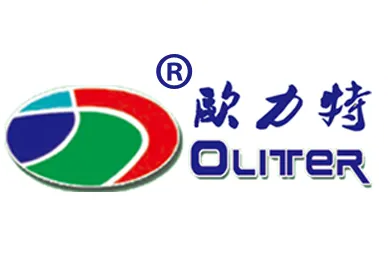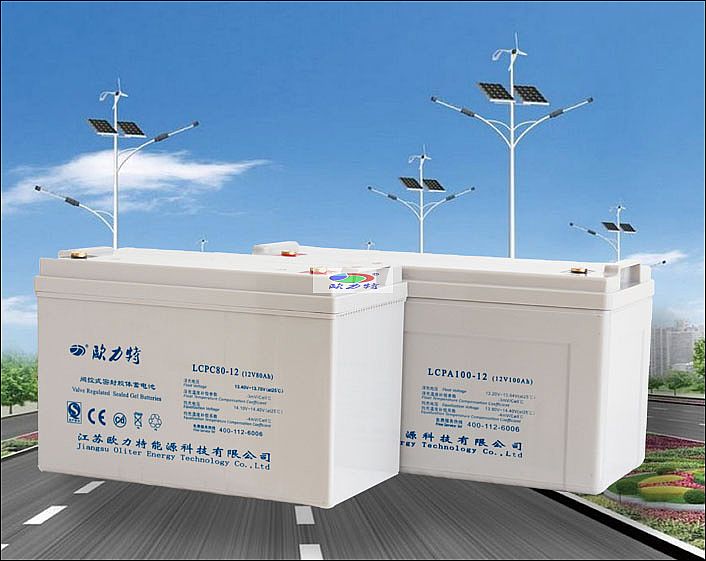
At the westernmost end of Hohhot, at the junction with Wuchuan County, Baotou City, the 100MW concentrating solar ground power station project of A-share listed company is under intense construction.
What is different from the past is that the power station not only adopts the light tracing system and the 7 times concentrating system, but also designs two step-up links (the first to 35 kV, the second to 220 kV). Among them, the purpose of chasing light and 7-fold focusing light is to maximize the reception of sunlight per unit area and minimize the use of photovoltaic cells. The purpose of boosting twice is to reduce power loss during long-distance transmission. In summary, this investment is focused on one goal: to increase the power generation of photovoltaic power plants, "the project manager told reporters.
Under the policy guidance of the National Energy Administration and other departments with the aim of "electricity subsidy", local governments and photovoltaic projects, especially concentrated ground power station projects, are increasingly fond of "power generation", which is undoubtedly a good phenomenon. Benefiting from this, on the one hand, the Chinese photovoltaic industry has launched a competition to seek higher power generation through technological innovation (on the basis of meeting certain economic standards); on the other hand, Financial institutions also have a parameter to follow, which enables them to better provide financial support for photovoltaic projects.
Compared to the booming centralized ground power plants, the other development path of photovoltaic is not so lucky, as the benefits of "surplus power grid" are far lower than the income of "self use". However, the "self use" part of power generation cannot be guaranteed (owners cannot use it), and seeking financial support has always been the most headache problem for distributed photovoltaic projects.
However, what has been circulating in the industry recently - the upcoming New Deal - may be able to change this situation.
The new policy plans to include "photovoltaic projects within 35 kV of grid connection, with power generation below 20000 kW, and effective use of mudflat, barren mountains and wastelands, agricultural greenhouses, and fish ponds" into the distributed category, and provide subsidies for local ground power stations.
On June 25th, the reporter learned from authoritative channels that the new policy has reached a consensus within the National Energy Administration and is being countersigned by the National Development and Reform Commission and the Ministry of Finance. It should be noted that unlike the previous version, the new policy will be included in the distributed category of "photovoltaic projects utilizing tidal flats and fish ponds", excluding barren mountains, wastelands, and agricultural greenhouses.
Moreover, in addition to the above-mentioned project categories, based on existing successful cases, rooftop distributed projects that meet certain requirements are also expected to enjoy the grid electricity price of centralized ground power plants. This will effectively clarify the benefits of distributed photovoltaics and enhance the attractiveness of remaining power online benefits to projects and financial institutions.
An official from the Ministry explained to reporters that, "In addition to the National Development and Reform Commission and its subsidiary body, the National Energy Commission, the implementation of this policy also involves the Ministry of Finance (the Renewable Energy Development Fund), so the two ministries will countersign. However, in the process of policy formulation, the opinions of the relevant parties will be fully solicited. Therefore, countersigning is only a necessary process for inter ministerial coordination, which also means that the release of the new policy is almost imperative.".
Ding Wenlei, the executive director of Aerospace Solar, who was also informed of this news, told reporters that the new policy will be implemented in Shandong, Jiangsu, Zhejiang, Guangdong, and industrial developed areas in the central and eastern regions (with high electricity consumption). In his view, the new policy has increased the income of distributed photovoltaic surplus power grid, and weakened the boundary between "spontaneous self use" and "surplus power grid".
According to the new photovoltaic installation plan formulated by the National Energy Administration last year, China plans to complete a photovoltaic installation capacity of 14GW this year, including 6GW for ground power stations and 8GW for distributed photovoltaics. However, it is widely believed in the industry that the installation task of 8GW distributed photovoltaic is difficult to complete.
The industry's reasons are simple. Taking the desulfurization price of 0.4469 yuan/kWh in Shandong region as an example, the current revenue from distributed photovoltaic power generation on the internet is about 0.8 yuan/kWh (0.4469 Yh plus subsidies issued in 0.42 years). The self use income can reach around 1.2 yuan/kWh (the general industrial electricity consumption is about 0.85 yuan/kWh, plus the national distribution subsidy of 0.42 yuan/kWh).
The income from self use is much higher than the income from grid connection of surplus electricity, which leads to the fact that almost all Almost all distributed photovoltaic systems strive to pursue the mode of full self use or off grid from the beginning of design. However, in this way, issues such as difficulty in settling self use electricity bills and uncertainty in project returns (changes in owners, fluctuations in electricity consumption) are highlighted, ultimately leading to financial institutions disdaining distributed loans.
However, the upcoming new policies have effectively addressed this issue. Ding Wenlei introduced to reporters that the income level of distributed surplus electricity internet may reach 1 yuan/kWh in the future (new policies will be implemented in the central and eastern regions, with most of the three types of solar resources enjoying 1 yuan/kWh grid electricity price), which is about 25%, higher than the current 0.8 yuan. "This will first improve the return on investment of distributed PV, but also make the benefits of distributed UV more clear, and promote Financial innovation in the photovoltaic field.".

更为关键的是,若把符合标准的一部分屋顶分布式光伏列入享受地面电站上网电价之列,新政的影响则将更为深广。
丁文磊表示,我国还没有屋顶分布式光伏电站享受地面电站上网电价的先例。“江苏和山东都有地面屋顶光伏电站的例子。因此,这一新政策的实施具有现实基础。但同时,丁文磊也预测,“考虑到电网的容量,以及可再生能源发展的资金缺口,新政将相应比例(自住于剩余互联网机房),约束分布式光伏互联网”。
有效促进分布式光伏的发展。
目前,我国光伏产业在分布式发展方面的态度是“和而不同”。
“为了追求尽可能高的产量,该行业倾向于设计完全自用或使用“离网模式, “因为该项目极难贷款,没有人愿意用自有资金进行投资,除非屋顶业主资信好、规模大且稳定(如央企、国企等)。“一位光伏企业人士向记者介绍。
所谓的“离网模式”,如专注于分布式光伏、工业太阳能的香港上市公司,已经做了三个岛电站,项目包括1MW光伏发电、5OKW风力发电和2000KWH储能。项目总投资3000万元。目前,146万千瓦时的电力,每年可以发送,以满足岛上的200个永久居民的电力。
兴业太阳能相关人士向记者介绍,该项目建设前,东澳岛的供电是通过柴油发电,而发电成本为每千瓦时3.3元至3.4元,而现在,其发电成本已下降到不到2元/千瓦时,该项目每年可赚取超过300万元。
本项目全部由公司以自有资金投入,这一“离网模式”项目具有相当高的技术门槛。但在其他分布式领域(如屋面等),以前我们主要进行EPC或申请“金太阳”补贴。上述兴业太阳能相关人士表示,“如果未来通过政策调整,分布式光伏发电的效益可以得到明确界定,投资收益率可以得到有效提高,项目可以得到金融机构的支持。然后,分销可以采取行业龙头企业和社会各方(包括银行、基金等)参与的形式。想必这将大大促进分布式光伏的发展“ 。
除了促进分布式发展,事上,即将出台的新政还有一个作用,那就是稳定中国地面电站配额与分布式光伏配额之间的矛盾。
基于上述分布式发展瓶颈,目前国内光伏产业倾向于以地面电站和轻型分布式光伏发电为主,导致地面电站配额紧张,分布式光伏配额无人值守。不过,如果新政希望将部分标准地面电站项目纳入分布式范围,并通过提高分布式投资收益,提升行业参与分布式光伏发展的积极性,新增8GW分布式光伏装机的目标是可以预期的。
必须一提的是,目前新政的具体内容尚不明确,比如剩余电网的分布式部分可以享受地面电站的电价。那么落后的,符合一定标准的地面光伏电站直接供电(不上网,向周边大供电)又是否能享受到发放的0.42元/度补贴?看来,***终的答案只有在新政发布后才会揭晓。



service hotline
400-112-6006
yzolt@163.com

Add
No. 88, Bosideng Avenue, Gaoyou City, Jiangsu Province
CopyRight 2023 Jiangsu Oliter Energy Technology Co., Ltd All Rights Reserved 苏ICP备12033964号